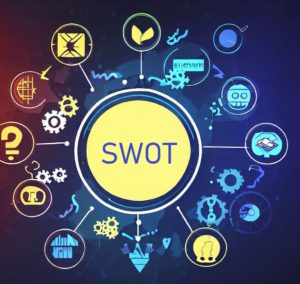Encouraging stakeholder collaboration and fostering a culture of continuous learning within the Software Development Life Cycle (SDLC) involves several strategies:
- Clear Communication Channels: Establish open and transparent communication channels. Ensure stakeholders are aware of project updates, progress, and any changes within the SDLC. Regular meetings, status reports, and dedicated communication platforms facilitate this exchange.
- Engage Stakeholders Early: Involve stakeholders from the project’s outset. Encourage their participation in requirement gathering, planning, and decision-making processes. Their early involvement helps in aligning expectations and ensures their needs are considered throughout the SDLC.
- Feedback Mechanisms: Create feedback loops to gather insights from stakeholders at different SDLC stages. Encourage them to provide feedback on prototypes, demos, or iterations. Act on this feedback to demonstrate the value of their contributions.
- Training and Workshops: Offer training sessions or workshops to stakeholders on aspects of the SDLC. Educating them about methodologies, tools, and processes used in software development enhances their understanding, enabling more informed collaboration.
- Collaborative Tools and Platforms: Implement collaborative tools or platforms that facilitate interaction and sharing among stakeholders. These tools can include project management software, version control systems, or collaboration platforms for discussions and document sharing.
- Joint Review Sessions: Conduct joint review sessions involving stakeholders and the development team. These sessions allow for reviewing progress, discussing challenges, and collectively brainstorming solutions or improvements.
- Encourage Knowledge Sharing: Foster an environment that encourages knowledge sharing among stakeholders. Encourage them to share industry insights, best practices, or experiences that could benefit the project and team.
- Recognition and Appreciation: Acknowledge and appreciate stakeholder contributions to the SDLC. Recognizing their input and involvement encourages continued engagement and active participation.
- Iterative and Incremental Approach: Embrace iterative development methodologies like Agile. Encourage stakeholders to engage in sprint reviews, retrospectives, and planning sessions, allowing for continuous improvement and learning from each iteration.
- Lead by Example: As the project manager, demonstrate a commitment to collaboration and learning. Engage with stakeholders, seek their input, and showcase the value of their contributions in shaping the project’s success.
By fostering a collaborative environment, providing opportunities for learning, and actively involving stakeholders in the SDLC, you create a culture where stakeholders feel valued, engaged, and motivated to contribute effectively to the project’s success.


